I write about houseplants for a living and would never spend money on these 5 varieties – but I can tell you which ones to buy instead
You'll spend more time trying to stop these plants from dying than enjoying them
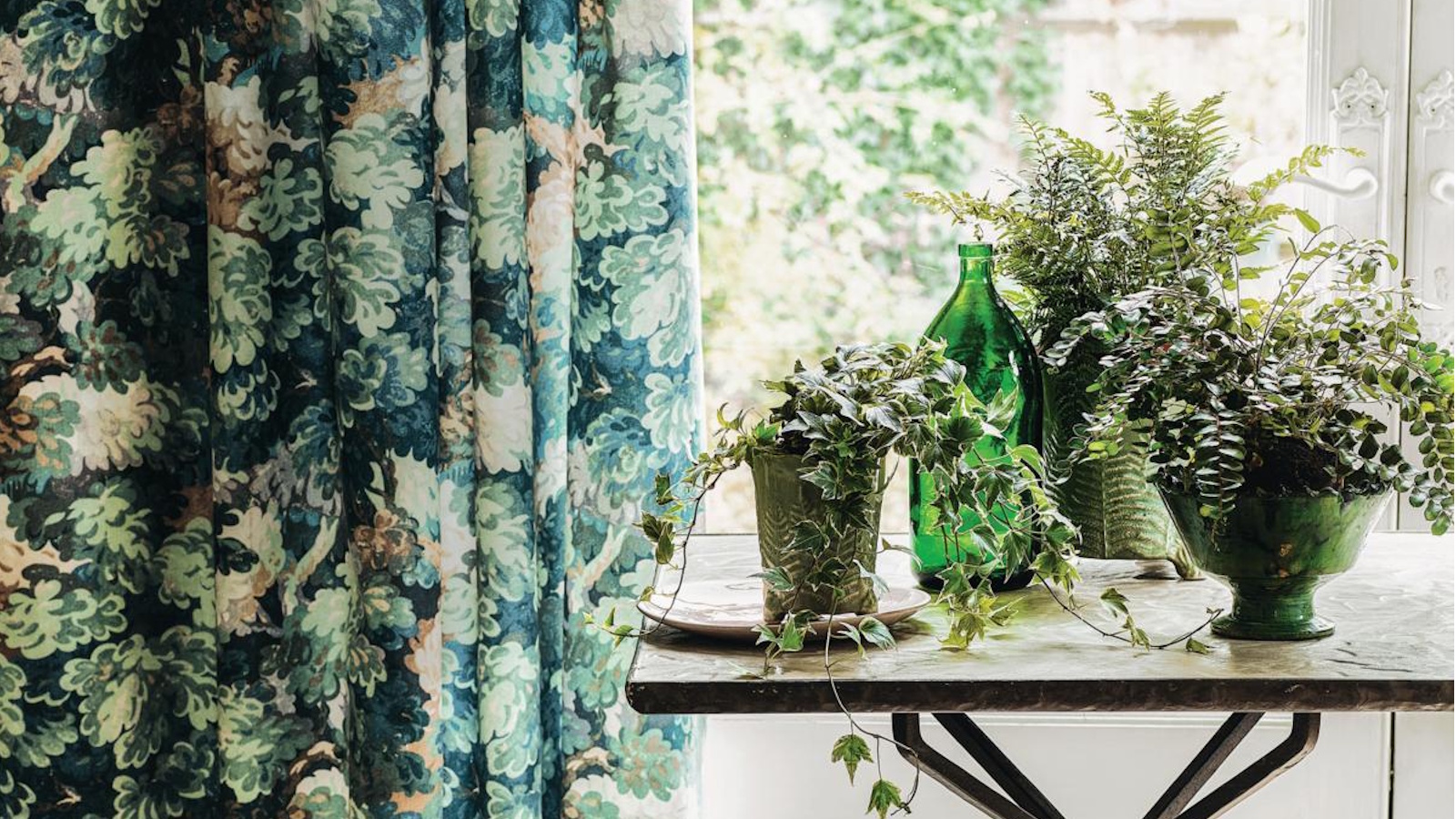

I have the pleasure of writing houseplants every day, and as a self-professed houseplant fanatic, I find myself often adding plants to my wish list. At the same time, there are a few houseplants I come across that I would never buy based on their difficulty to care for and susceptibility to problems.
Don't get me wrong, all of these indoor plants are beautiful, but they can be especially hard to keep happy. That's what puts them on the list of worst houseplants for beginners and, in my opinion, they're not always worth investing in. Trust me, you'll spend all your time trying to keep brown leaves away rather than enjoying them for the greenery they bring to your interiors.
The good news is, you can still get the look of these houseplants with much easier alternatives that I guarantee will give you less trouble – I have personally cared for each of them with ease.
5 houseplants I would never buy
Of course, these houseplants can work well in your home with the right care and attention. But, there is no denying they are some of the hardest houseplants to keep alive, leaving you wasting your money. Instead, I recommend choosing alternatives with a similar appearance and more low-maintenance nature.
1. Bonsai tree

This may be an unpopular one to have on my list of houseplants I would never buy, but bonsai tree care is extremely particular and hard to get right.
My dad loves to collect bonsai trees, and I do have some experience helping to care for them while he's been on vacation. In doing so, I quickly realized just how much effort goes into keeping a mini indoor forest looking its best.
No matter the bonsai tree type you opt for, these plants are heavy-feeders. You need to use a specific bonsai tree fertilizer (like this one from Amazon) to provide your tree with all the essential plant nutrients to keep it going.
Design expertise in your inbox – from inspiring decorating ideas and beautiful celebrity homes to practical gardening advice and shopping round-ups.
Without doing so, bonsai trees are susceptible to turning yellow and dropping leaves from nutrient deficiency.
Not only this, but you need to keep on top of pruning your bonsai tree to keep it healthy and neat. Bonsai tool kits (like this from Amazon) make this easier, but it can be a lot of maintenance.
Plus, bonsai trees are not cheap. They're specialist plants and can be pricey – sometimes even hundreds of dollars – so it really can end up being a waste if it doesn't last more than a few months.
Alternative suggestion: Jade plant (from Walmart). These succulents produce mini trunks that give them the appearance of a bonsai tree.
2. Maidenhair fern
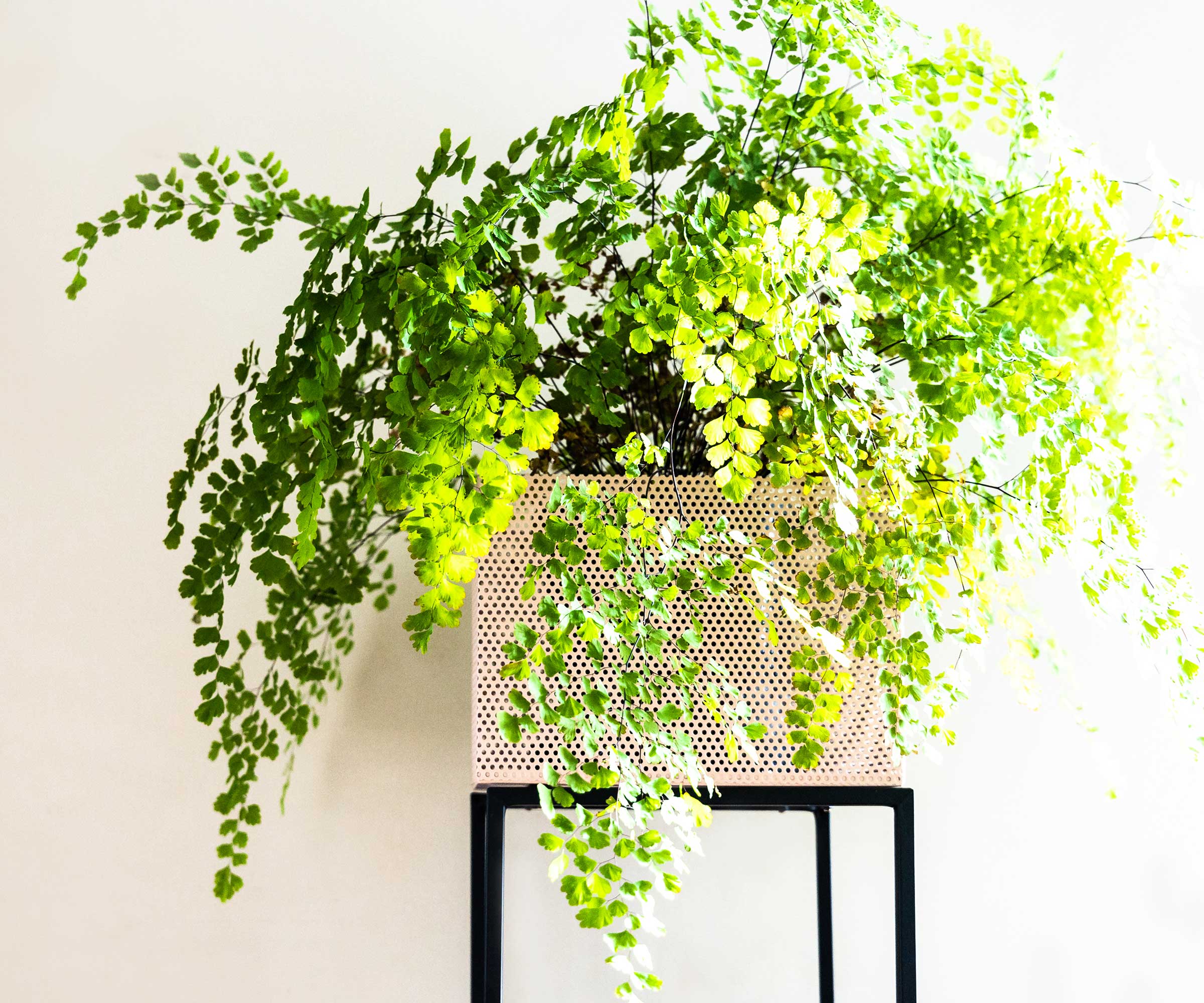
This is a difficult one for me to put on the list of houseplants I would never buy because I love having the delicate fronds of indoor ferns in my home. However, the reason maidenhair fern is one I would avoid is because it can be hard to keep it hydrated.
Maidenhair fern care requires consistent moisture levels. Too much water can quickly lead to houseplant root rot. On the other hand, even the slightest bit of drought will cause maidenhair fern fronds to crisp up.
When this occurs, you'll need to use essential pruning tools (like these pruning shears from Amazon) to cut away damaged fronds. But, it can leave you with a bare-looking fern.
Alternative suggestion: asparagus fern (from Walmart). From my experience, asparagus fern care is actually a lot more low-maintenance than you might expect.
Yes, asparagus ferns will turn yellow from prolonged dehydration, but I have also allowed mine to dry out entirely between watering and it hasn't been affected. My top tip with this plant is to repot it if starts to discolor frequently – they don't enjoy being pot-bound.
3. Croton
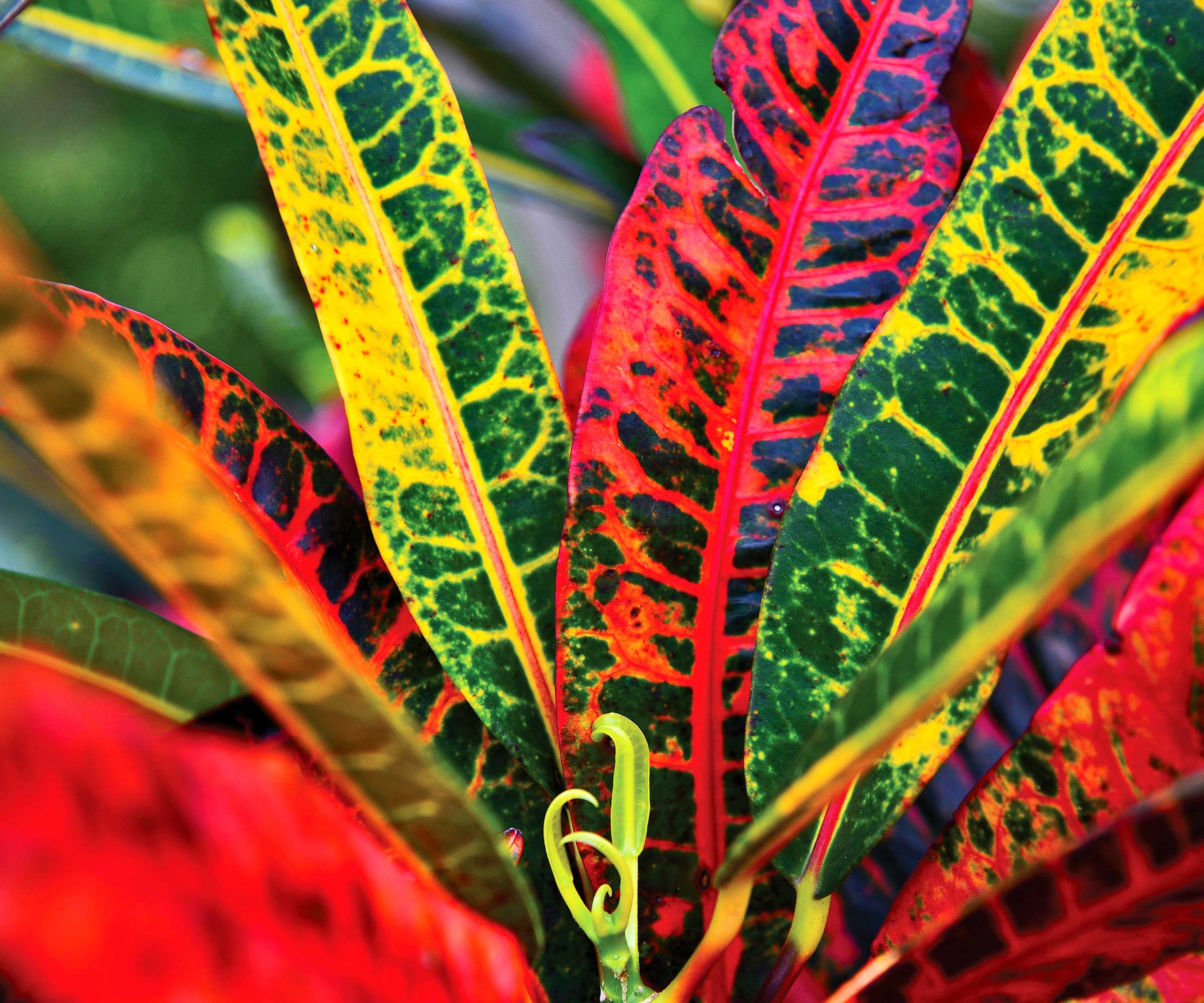
There's no denying crotons are some of the most vibrant indoor variegated plants you can get your hands on. However, the reason it's on my list of houseplants I would never buy is this plant is extremely sensitive to environmental changes.
Their ideal growing environment is one between 65-85°F, in bright light but not direct sun exposure which can cause leaf scorch, and they thrive in humidity levels between 40-80%.
When these factors fluctuate in the home, it's common to spot a croton dropping leaves, resulting in a bare stem. It can also just be tricky to replicate this environment in the first place.
Alternative suggestion: variegated rubber plant (from The Sill). Just like crotons, this is a great houseplant for maximalists. It also has multiple tones on its leaves, and provides that feel of an indoor tree once at a mature height.
I've even propagated my rubber plant to have more of these unique houseplants around my home. But, if you're seeking those brighter colors, try one of the best red houseplants instead.
4. Gardenia
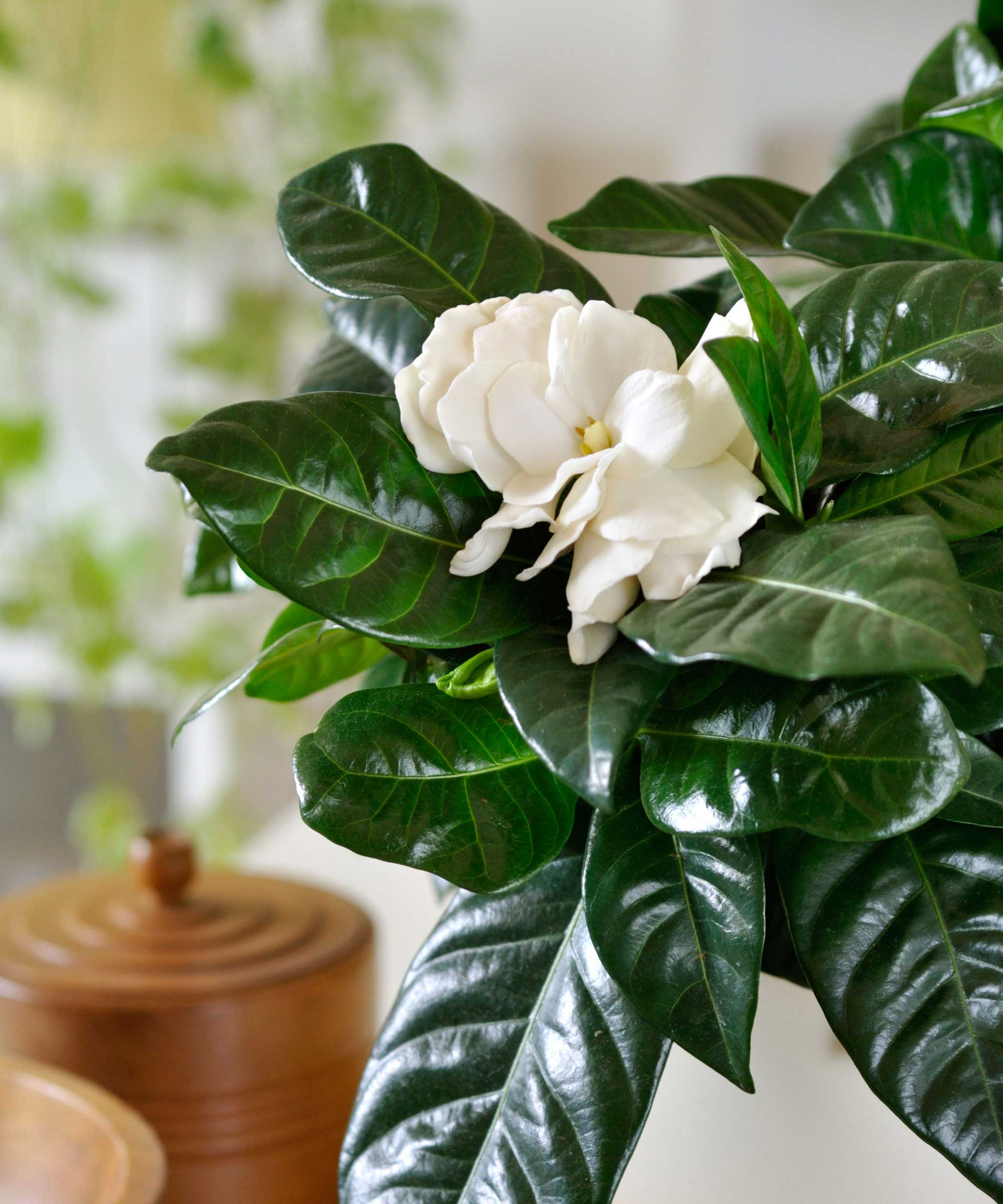
Caring for gardenia indoors is one of the most popular choices for an indoor plant to make your living room smell nice. And while I do appreciate the gorgeous scent of these charming white flowers, it's no secret that they need a very specific, consistent growing environment to bloom well in the home.
Just like crotons, they're sensitive to direct sun but need at least four hours of bright light a day. This is where a grow light for houseplants (like this grow light from Amazon) can be useful.
Not only this, but sudden temperature fluctuations (such as a draft from an open window or door) can hinder their ability to bloom. This may also cause gardenia leaves to turn yellow.
There are some tools that can help, however, such as this gardenia fertilizer from Amazon.
Alternative suggestion: African violets (from Walmart). These are much more reliable indoor flowering plants, and they come in white to get a similar look to gardenia.
African violets can tolerate bright to low light, and they flower for months at a time throughout the year.
5. Polka dot plant
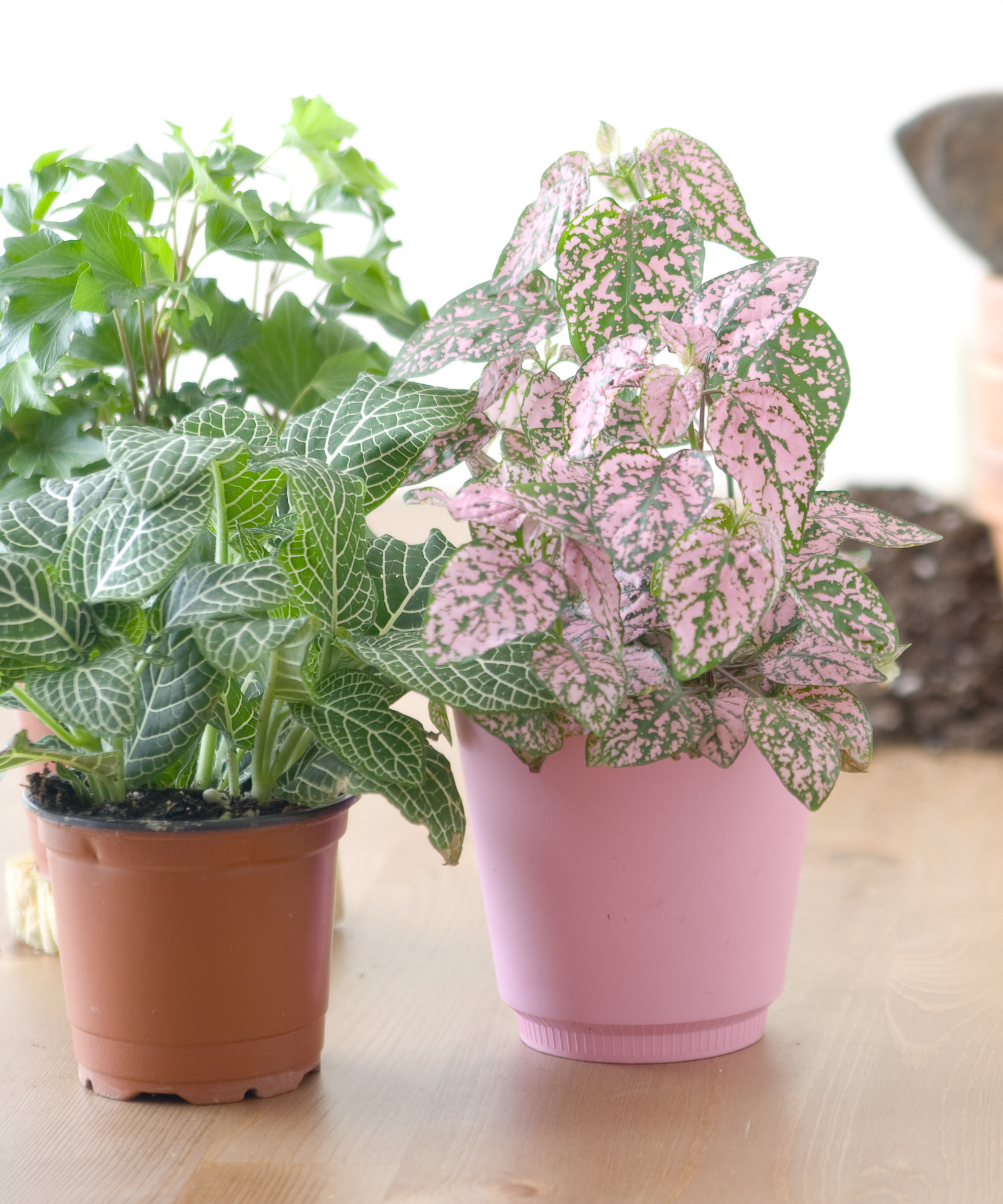
This is actually a plant I have had before as part of an open terrarium. However, it is one of the most short-lived houseplants I've had.
Polka dot plants are adorable small indoor plants that come in a range of colors. They thrive on consistent moisture and will quickly dry up, turn brown, and drop leaves when moisture levels drop.
When it comes to getting polka dot plant care right, you also need to provide sufficient light to prevent it becoming leggy.
So, while these aren't expensive houseplants by any means, I personally think their tendency to shrivel up quickly isn't worth bothering with.
Alternative suggestion: fittonia (from Walmart). Polka dot plant and fittonia actually get mixed up quite often because they have such a similar appearance. However, fittonias (or nerve plants in reference to their leaf pattern) have much more sturdy foliage that isn't so sensitive to drought.
When caring for a fittonia, make sure to keep humidity levels up by regularly using a plant mister (like this one from Amazon).
FAQs
What is the hardest plant to keep alive?
The hardest plant to keep alive is, of course, subjective. However, there are plenty of tricky houseplants that many plant parents struggle with. For example, calathea plants, orchids, and bonsai trees are all known to need a lot of attention and maintenance to thrive. They are susceptible to a range of problems that often lead to their demise.
These houseplants I would never buy may work better for some people over others. It all comes down to how well you're able to create and maintain specific optimal growing environments at home.
If you're keen to do some more research into which houseplants you should and shouldn't spend money on, I recommend also reading my article on the houseplant I regret buying, as well as our guide to easy indoor plants we guarantee anyone can care for.
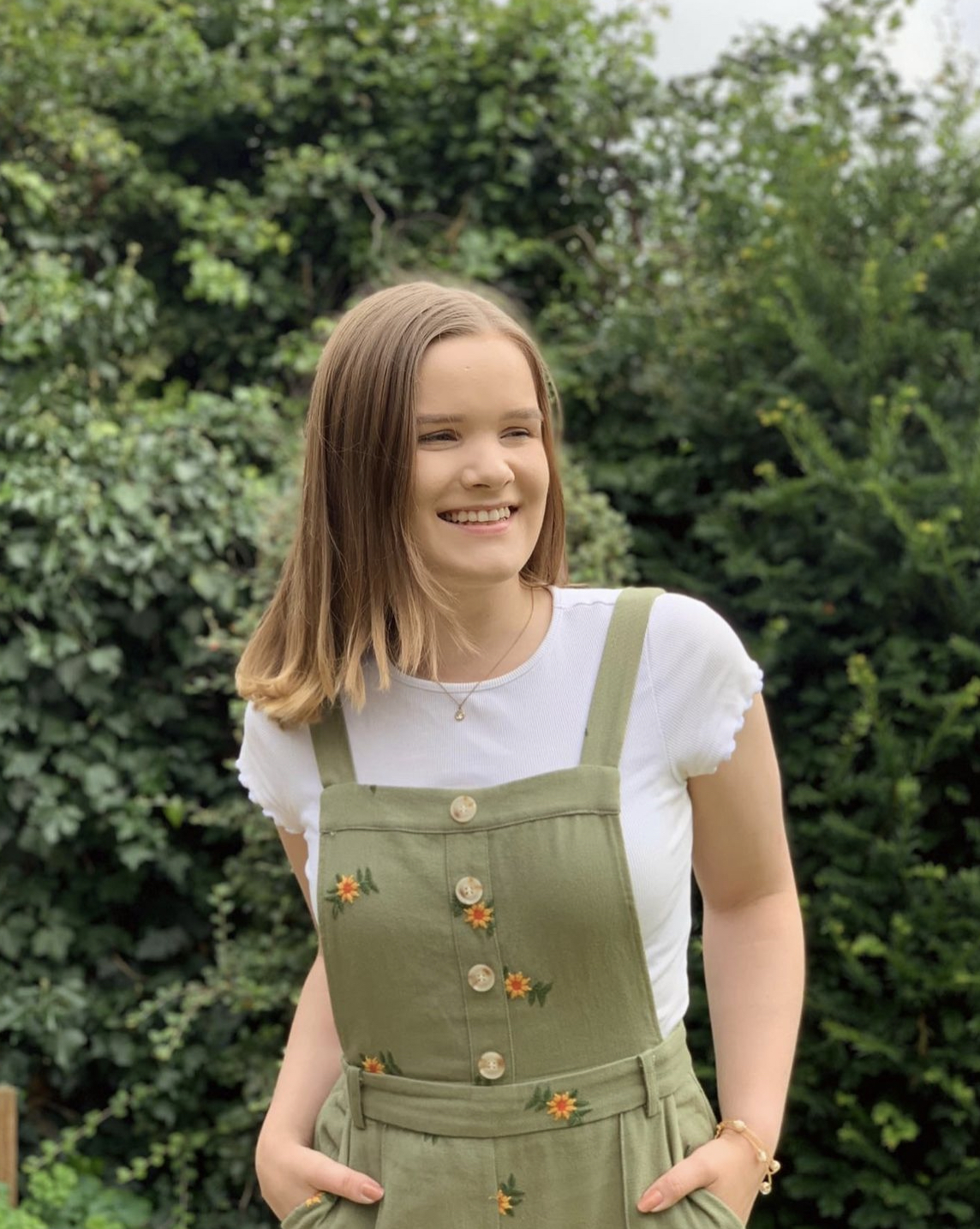
Tenielle is a Gardens Content Editor at Homes & Gardens. She holds a qualification in MA Magazine Journalism and has over six years of journalistic experience. Before coming to Homes & Gardens, Tenielle was in the editorial department at the Royal Horticultural Society and worked on The Garden magazine. As our in-house houseplant expert, Tenielle writes on a range of solutions to houseplant problems, as well as other 'how to' guides, inspiring garden projects, and the latest gardening news. When she isn't writing, Tenielle can be found propagating her ever-growing collection of indoor plants, helping others overcome common houseplant pests and diseases, volunteering at a local gardening club, and attending gardening workshops, like a composting masterclass.
You must confirm your public display name before commenting
Please logout and then login again, you will then be prompted to enter your display name.